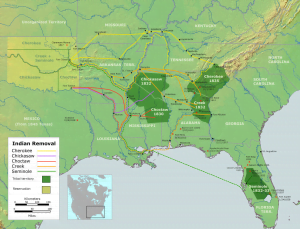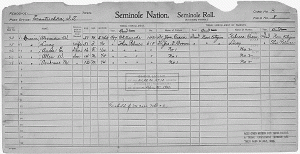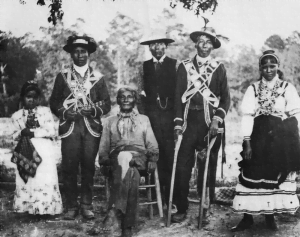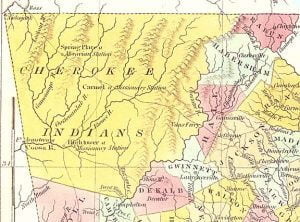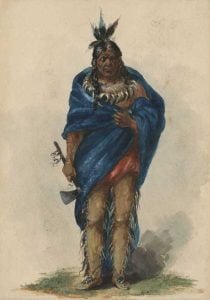Washington, Applications for Enrollment and Adoption of Washington Indians, 1911-1919
The collection consists of images of records created by Charles E. Roblin “Roblin Rolls of Non-Reservation Indians in Western Washington” during enrollment and adoption proceedings of Indian tribes for in Western Washington that were not on tribal census records. The records are from NARA microfilm publication M1343 and is part of Record Group 75 Records of the Bureau of Indian Affairs. It is arranged by tribal name claimed by the applicant then by name.


